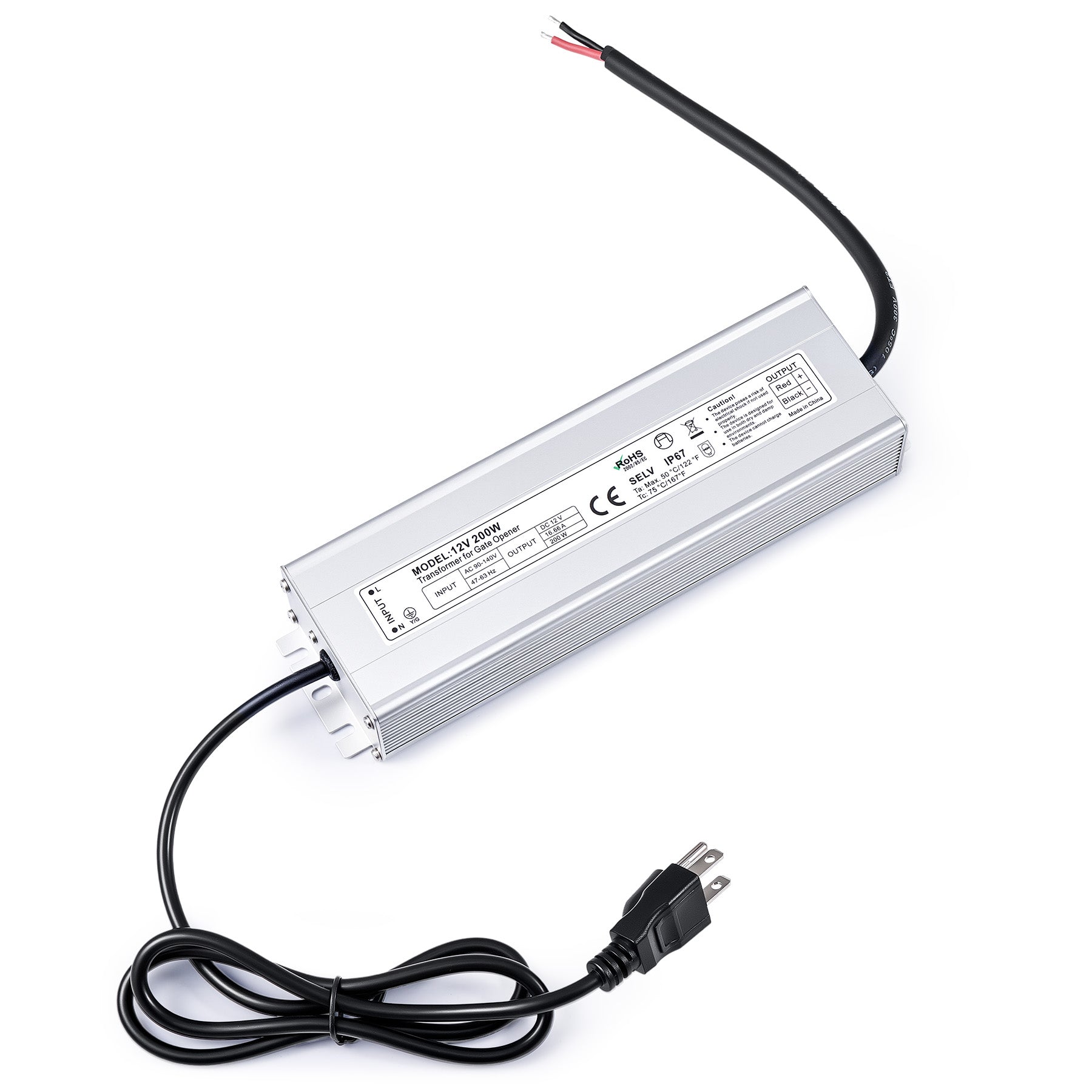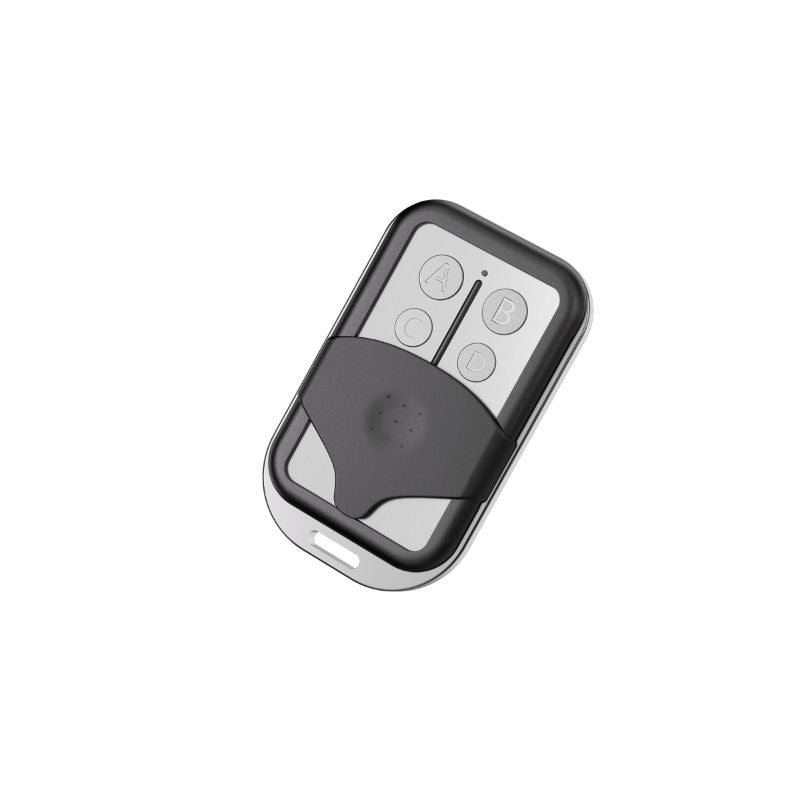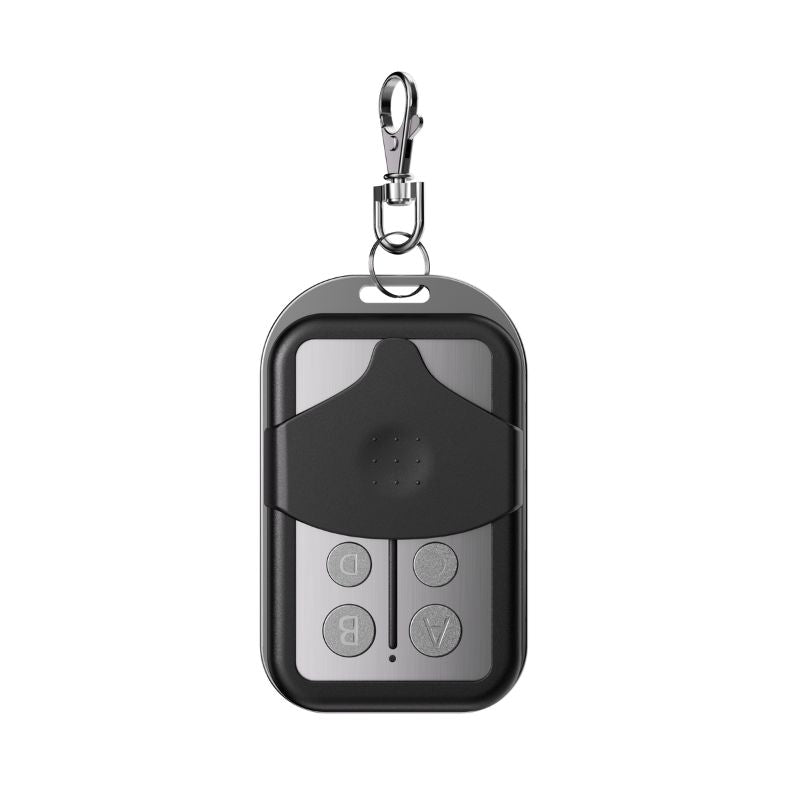If you're considering installing an automatic gate opener at your home, don't let concerns about possible extra electricity costs hold you back.
First, the average electric gate consumes just about 0.28 watt-hours (Wh) per cycle, and several common household appliances consume much more electricity than that.
Second, there are several ways you can minimize electricity consumption when it comes to electric gates.
A basic understanding of electric gate power consumption can help you make a smarter decision, not just for your utility bills, but also for sustainability and long-term cost savings.
Let’s break it all down in simple terms, from average electricity usage to the best type of gate opener for energy-conscious homeowners.
Electricity Consumption for Different Kinds of Gate Openers
First things first, gate openers differ in capacity, design, and frequency of use, so different types of gate openers use varying amounts of electrical energy.
However, gate openers don’t run constantly like your fridge or HVAC system, so in most residential settings, their power consumption is fairly low.
- Electric gate openers are typically connected directly to the home power grid; they consume more electricity.
- Solar gate openers do not consume any electricity at all.
- Hybrid gate openers consume less electricity than electric gate openers because they have solar batteries as a backup power source.
How Much Electricity Does An Electric Gate Consume?
In an article from the U.K., which reported the monthly electrical cost incurred by an electric gate opener, it was determined that every gate opener cycle adds about 0.002 GBP to the energy bill.
In USD, that equates to about a quarter of a cent ( $0.0025) per cycle.
A cycle is the total amount of time it takes for the gate opener to open and close. For the average gate opener, a cycle lasts about 10-20 seconds.
- For the average residential home, a gate opener goes through about 10 cycles in a day. That equates to about $0.025 a day ($0.0025 x 10).
- Assuming that the gate is opened 10 times every day for a month, $0.75 is added to the total electricity bill (i.e, $0.025x30).
So, running an electric gate at 10 cycles per day for the whole month is likely to add just about 75 cents to your total electricity bill
Here’s a simple table summarizing the electricity cost of running an electric gate opener based on the estimate from the UK article.
| Usage | Calculation | Cost (USD) |
| Cost per cycle | $0.0025 | $0.0025 |
| Daily usage (10 cycles) | $0.0025 × 10 | $0.025 |
| Monthly usage (30 days) | $0.025 × 30 | $0.75 |
| Total added to bill/month | — | $0.75 |
Running an electric gate for 10 cycles per day adds about 75 cents per month to your electricity bill, barely noticeable for the average household.
It’s worth noting that heavy-duty gate openers or commercial-grade openers may use more, depending on gate size and motor type.
How Much Would a 50W Motor Electric Gate Cost in a Month?
Most electric gate openers for residential homes have a DC motor of about 50W, and are opened about 10 times a day (5 open/close cycles), with each cycle lasting 20 seconds.
Given that electricity costs $0.17/kWh on average in the U.S, here’s how much energy such a regular electric gate opener would consume in a day, and how much you can expect to pay in a month.
Electricity Cost per cycle:
A second lasts 20 seconds, which is 0.0056 hours.
50 watts × 0.0056 hours = 0.28 watt-hours (Wh)
Converted to kilowatt-hours, 0.28 Wh = 0.00028 kilowatt-hours (kWh)
If electricity costs $0.17/kWh, then the total electricity cost for each cycle of an electric gate is $0.000048. That’s less than a hundredth of a cent!
Electricity Cost Per Day
If you open and close your electric gate 10 times per day, you spend about 0.0028 kWh of electricity, which costs $0.00048 (just under half a tenth of a cent).
Electricity Cost Per Month
Assuming that you open and close your gate about 10 times a day, an electric gate with a 50W motor would consume about 0.084 kWh of electricity in a month.
That brings the total monthly electricity cost to $0.0144 (approximately 1.44 cents)
If your electric gate has additional electric components like remote controls, motors, and sensors, these will keep running even while the system is on standby.
If these systems consume an extra 5 watts per hour, they can increase electricity consumption by about 3.6 kWh in a month.
This would bring your total electricity bill up to about $0.63 (63.00 cents) per month.
| Use Case | kWh/month | Cost/month ($0.15/kWh) |
| Motor only (10 cycles/day) | 0.084 | $0.013 |
| Motor only (20 cycles/day) | 0.168 | $0.025 |
| Standby power (5W always on) | 3.6 | $0.54 |
| Total (motor + standby) | $3.7–$3.8 | $0.56–$0.57 |
Even with a 50W motor and regular use, electricity costs for an electric gate are negligible, especially compared to most household appliances. Your gate opener’s real electricity consumption comes from the standby components, not the motor cycles.
2. Try Hybrid Gate Openers (Solar + Electric Models)
For a hybrid gate opener, solar is the primary source, and the grid only kicks in when needed, like on cloudy days or during long periods of inactivity when the battery discharges.
The use of solar energy can offset about 50–90% of energy needs, meaning you pay even less for the month.
These single-swing gate openers from Zumi are best for small gates. They are a perfect fit, of solid quality, affordable, and require no additional installation complexities. Given that the average driveway gate for homes weighs less than 900 lbs, these gates are more than capable.
You should be able to install both models by yourself, especially if you pay attention to these tips for smooth gate opener installation.
1. Zumi W1 900 lb. Single Swing Gate Opener
This electric single swing from Zumi can support gates up to 20ft, and a maximum weight of 900 lbs. It is powered by a 50W 12V DC motor that operates at 4,600 rpm.
- This gate opener digitally seals your gate system with a 128-bit rolling code and has been tested for smooth operation in over 10,000 cycles.
- Opening time is 10-15 seconds, adjustable as you see fit
It is also a hybrid model with four flexible power options to suit your needs: solar panels for off-grid use, battery or AC power for reliable energy, or both solar and battery.
Understand how you can convert your electric gate to solar
Why Zumi Gate Openers?
Both of these gate openers are now on sale for up to 21% off, and they come in complete kits with the motor, control board, remote control, and detailed product installation manuals for smooth installation.
They also come with Zumi’s self-developed app, which helps you connect devices, add users, and access technological features like customizable scenes and more.
If your pedestrian gate weighs more than 900 lbs (which is very unlikely), you might want to explore our best gate openers for heavy-duty gates for a suitable match.
Save installation costs with Zumi, and get high-quality gate openers without breaking the bank.
What Factors Affect How Much Electricity a Gate Opener Uses?
Just like your heating and cooling system or kitchen appliances, several variables affect the total electricity a gate opener consumes:
1. Gate Type and Weight
A large, heavy wrought iron or wooden gate requires more force to open and close, which means more power is drawn from the motor.
Lightweight aluminum or tubular steel gates consume less energy.
2. Motor Type
An electric gate with a DC motor consumes less electricity than a similar electric gate with an AC motor. DC motors (especially brushless types) offer smoother operation, use less energy, and often work better with solar systems..
3. Usage Frequency
The more often your gate opens and closes, the more electricity it will use. As was established in the U.K., every time your gate opener opens and closes, about $0.0025 is added to your electricity bills
A single-family home might open the gate 10–20 times per day, while a commercial property could hit hundreds of cycles.
4. Smart Features and Accessories
In most cases, most of the cost of an electric gate comes from built-in cameras, Wi-Fi modules, LED lights, keypads, and intercoms can all draw extra power, especially if they run 24/7.
A basic gate opener uses far less energy than one equipped with a smart home interface and constant video streaming.
5. Idle Time (Standby Mode)
Many gate openers stay on 24/7, consuming small amounts of electricity even when not in use. Over a month, standby power can account for over 60% of the total energy use for a lightly used gate.
How Does Gate Opener Power Use Compare to Other Household Appliances?
Almost every other electrical household appliance consumes more electricity than an electric gate. To put things into perspective, here’s how automatic gate openers stack up against common household items
| Appliance | Average Monthly Use (kWh) | Approximate Monthly Cost |
| Automatic Gate Opener | 8–15 kWh | $1.20–$2.25 |
| Refrigerator | 30–60 kWh | $4.50–$9.00 |
| Water Heater | 300–500 kWh | $45–$75 |
| Electric Dryer | 75–100 kWh | $11.25–$15.00 |
| Wi-Fi Router + Modem | 5–15 kWh | $0.75–$2.25 |
| TV in Standby | 1–5 kWh | $0.15–$0.75 |
| Gaming Console (Active Use) | 10–20 kWh | $1.50–$3.00 |
As you can see, an automatic gate opener uses less electricity than your fridge, router, dryer, or even your video game console, making it one of the lower-impact devices in your home.
How to Reduce Electricity Use with Electric Gates
- Whether you’re installing a new system or optimizing an existing one, here are a few practical tips to lower energy use:
- If you live in a sunny area, solar gate openers or hybrid systems can drastically cut your grid usage—or even eliminate it.
- Many modern gate openers come with “sleep” or “low-energy standby” modes. Enable them to reduce idle energy draw.
- If you haven’t installed your gate yet, consider lightweight materials like aluminum, which require less torque and energy to move.
- Regularly lubricate moving parts, clean solar panels, and inspect batteries. Friction and buildup can make the motor work harder, consuming more power.
- Turn off unneeded accessories like extra lighting or intercoms when not in use. Even small devices can add up over time.
Final Thoughts: Choosing the Right Gate Opener for Your Home
If you’re weighing your options, here’s a quick takeaway:
- Want zero grid usage? Go for a solar gate opener if you get strong sunlight.
- Need reliability with green energy? A hybrid system (solar + electric backup) gives you flexibility and savings.
Looking for a simple plug-and-play option? A standard AC electric opener works well for most homes, especially if you don’t mind a small bump in your electric bill.
Here is Zumi’s product comparison page for you to explore different options and make your final decision








